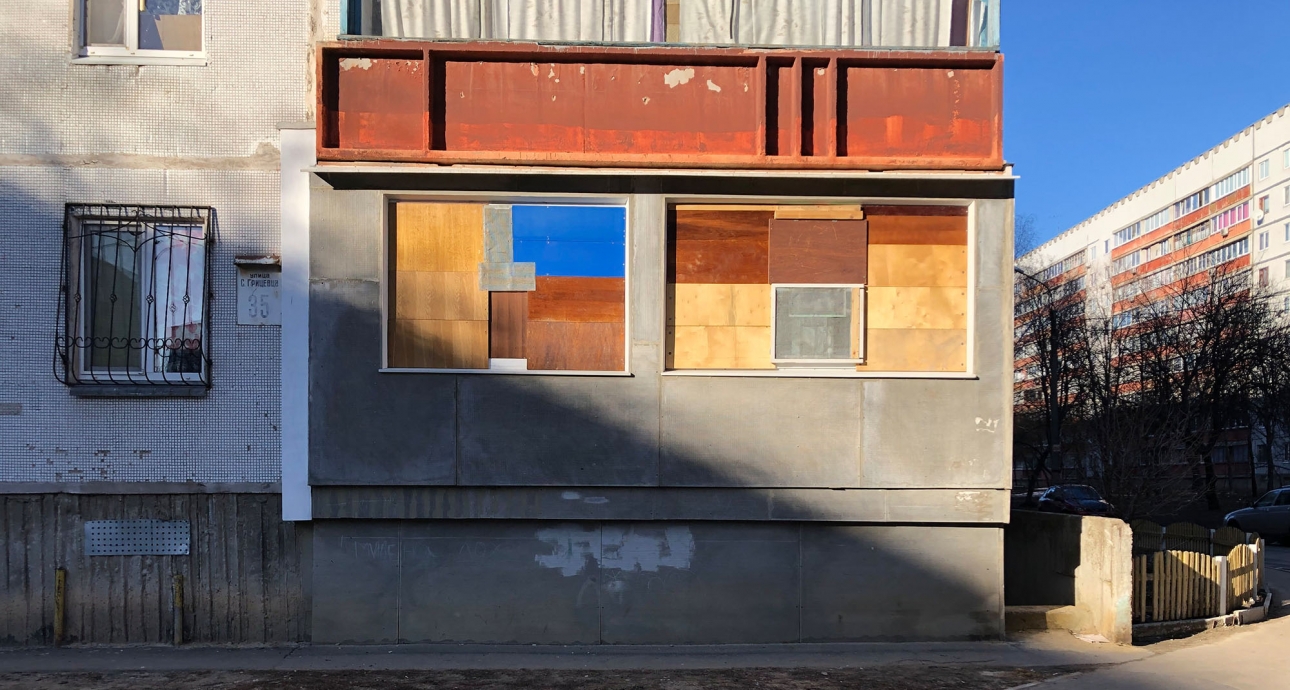
Ukrainians Have Been Taping up Windows for Three Months Already. Sociologist Dmytro Zayats Explains why It is Harmful to Society but Exciting for Researchers
The Forms of Proofing project encompasses photos of houses in Kharkiv, which Dmytro Zayets snapped this year. His pictures show which materials, structures, and things people use for proofing their dwellings and how the war has changed domestic life. The project will be exhibited in Lviv’s Svitlo Gallery from the 16th to the 28th of July with support from Goethe-Institut Ukraine.

Sociologist, researcher, and author of educational courses for Kharkiv School of Architecture and Partizaning.
— I took an interest in the relationship between people and space a long time ago. In Kharkiv, I saw for myself how dangerous a city can be.
When the city’s Industrial District, where I live, was hit by shelling, my neighbours and I helped remove the rubble. Our neighbourhood was several kilometres away from the frontline, so we could initially move only within three checkpoints most of the time. When the situation stabilized, we managed to evacuate to nearby areas. We returned only after the emergency response team came. We collected windows and debris, looked through the rubbish and gathered it into bags. It was then that I noticed for the first time then that taping up windows with masking tape didn’t work — it didn’t protect from broken glass at all.
With my neighbours, I gathered window glass and debris into bags. It was then that I noticed for the first time then that taping up windows with masking tape didn’t work — it didn’t protect from broken glass at all.
It was then that I started my Forms of Proofing project, for which I photographed improvised window proofing — a vernacular architecture of sorts. I took a few dozen photos. I have been studying the opposition of public and private for a long time, e.g., analyzing my city’s public spaces. A few years ago, I transitioned to architecture and started working in the Kharkiv School of Architecture. This project continues my previous studies.
Windows are the most dangerous thing during shelling, so people started bomb-proofing them even before the full-on invasion. Walking the streets of Kharkiv, I expected to see some kind of shielding plates put on windows to protect from marauders or enemy soldiers. However, I saw only boards, furniture, cloth, plastic film, linoleum, plaids, rugs, and sheet iron. There were also gaps between them, and it was hard to believe this “proofing” could protect at all.
People in the outskirts closer to the frontline proofed their houses better and used more durable materials. In the neighbourhoods that suffered less from shelling, the most proofing I saw was just masking tape. The homes of more well-to-do people had blinds or roller shutters covering the entire window aperture.
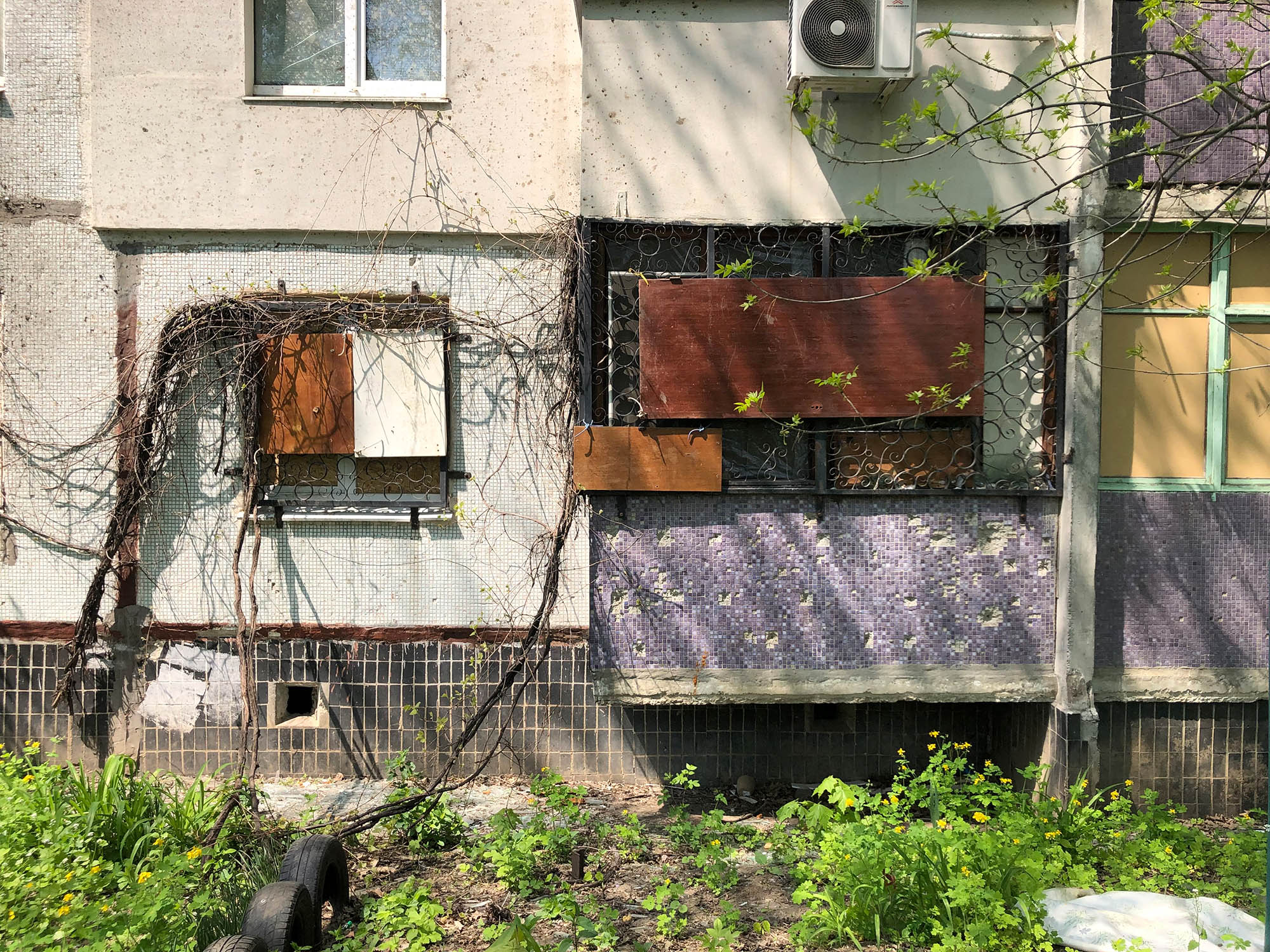
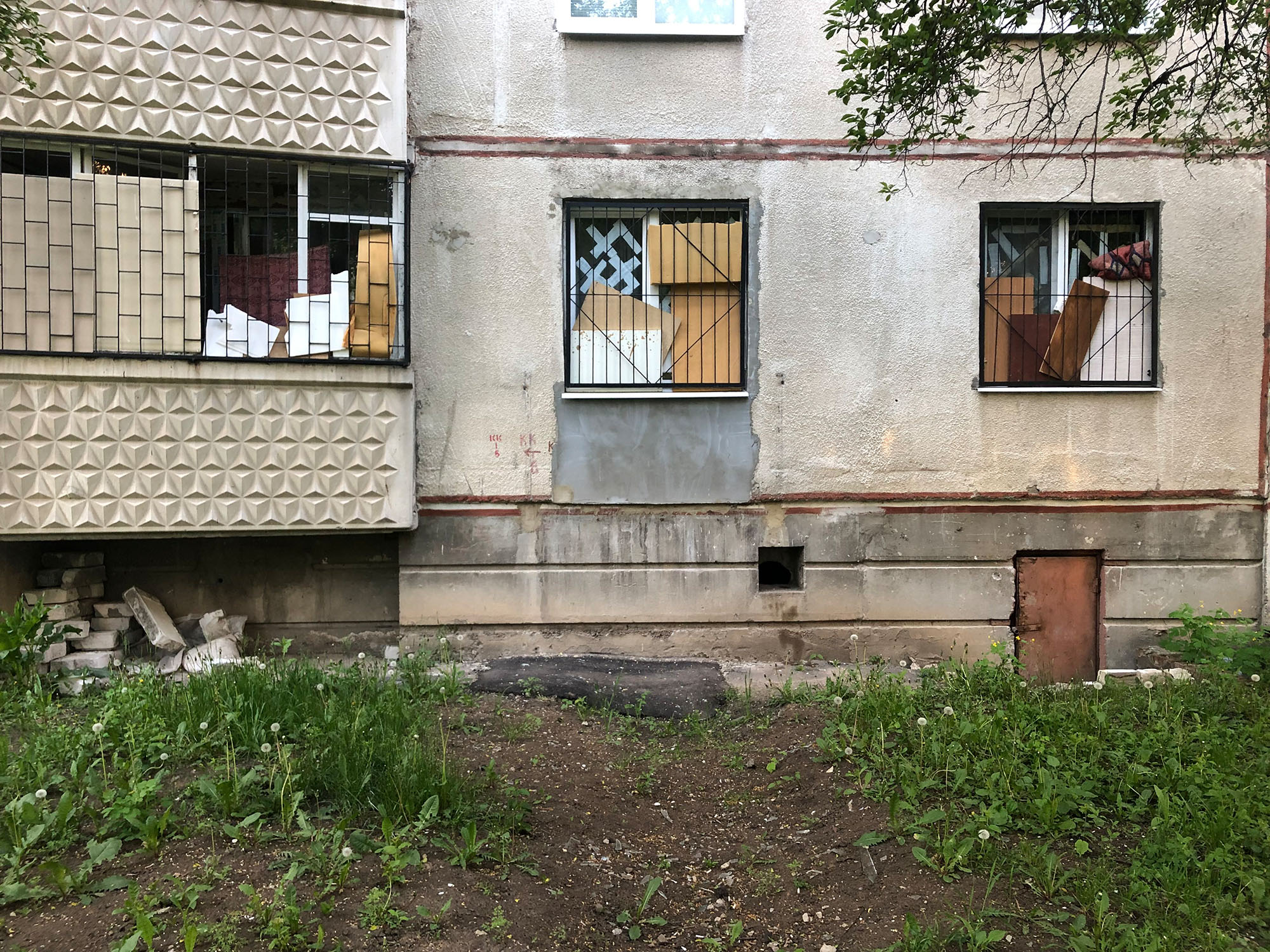
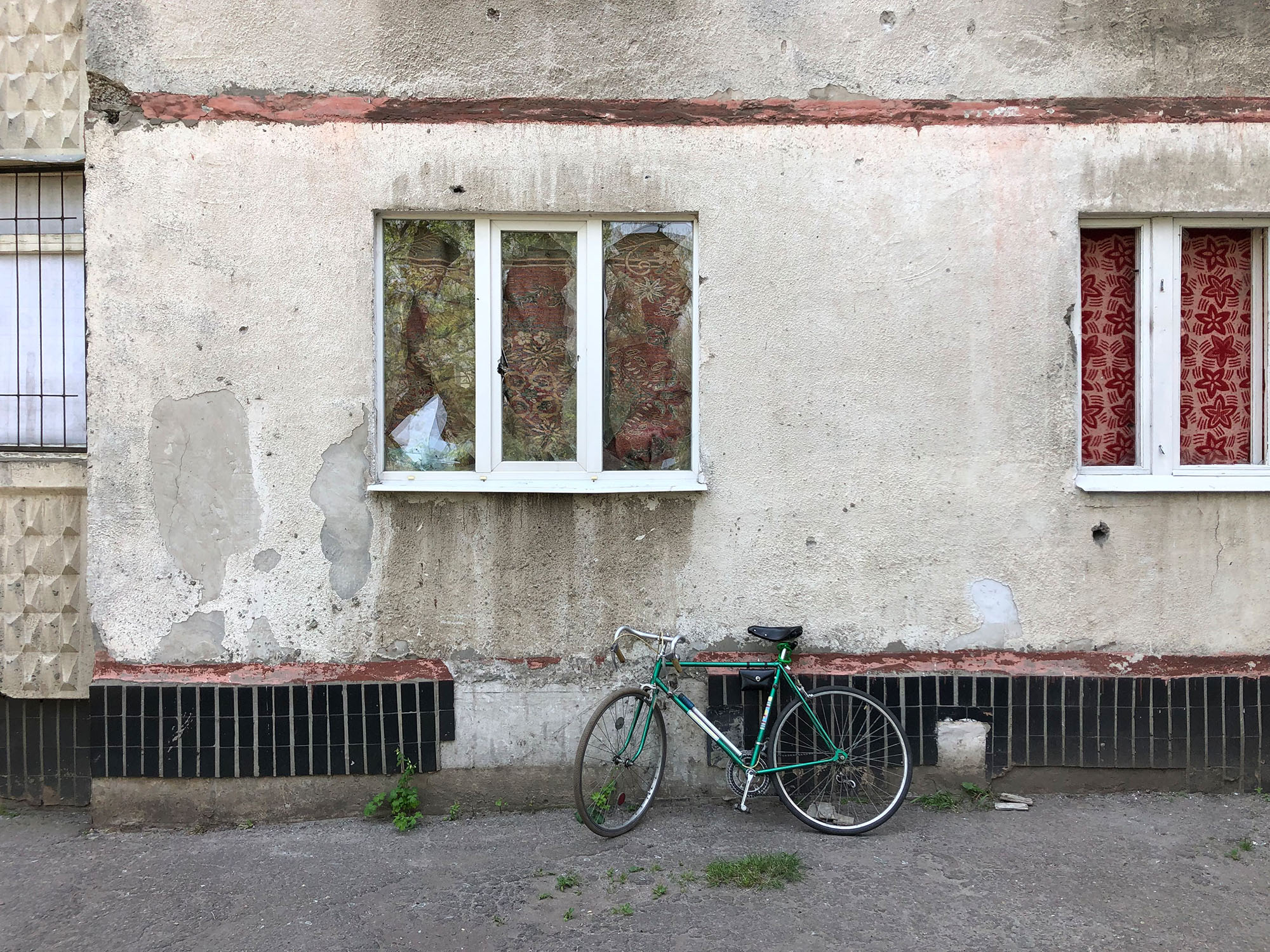
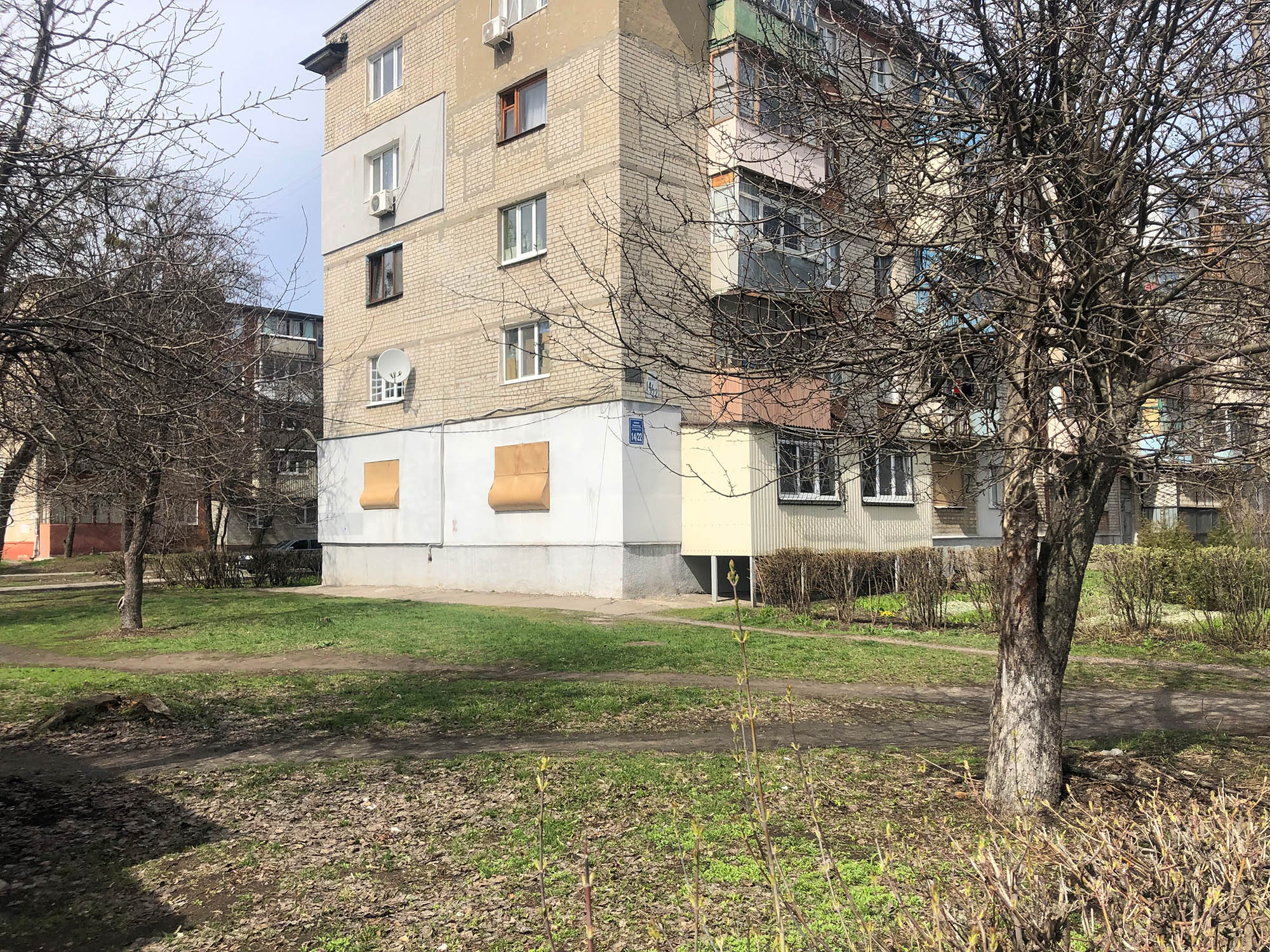
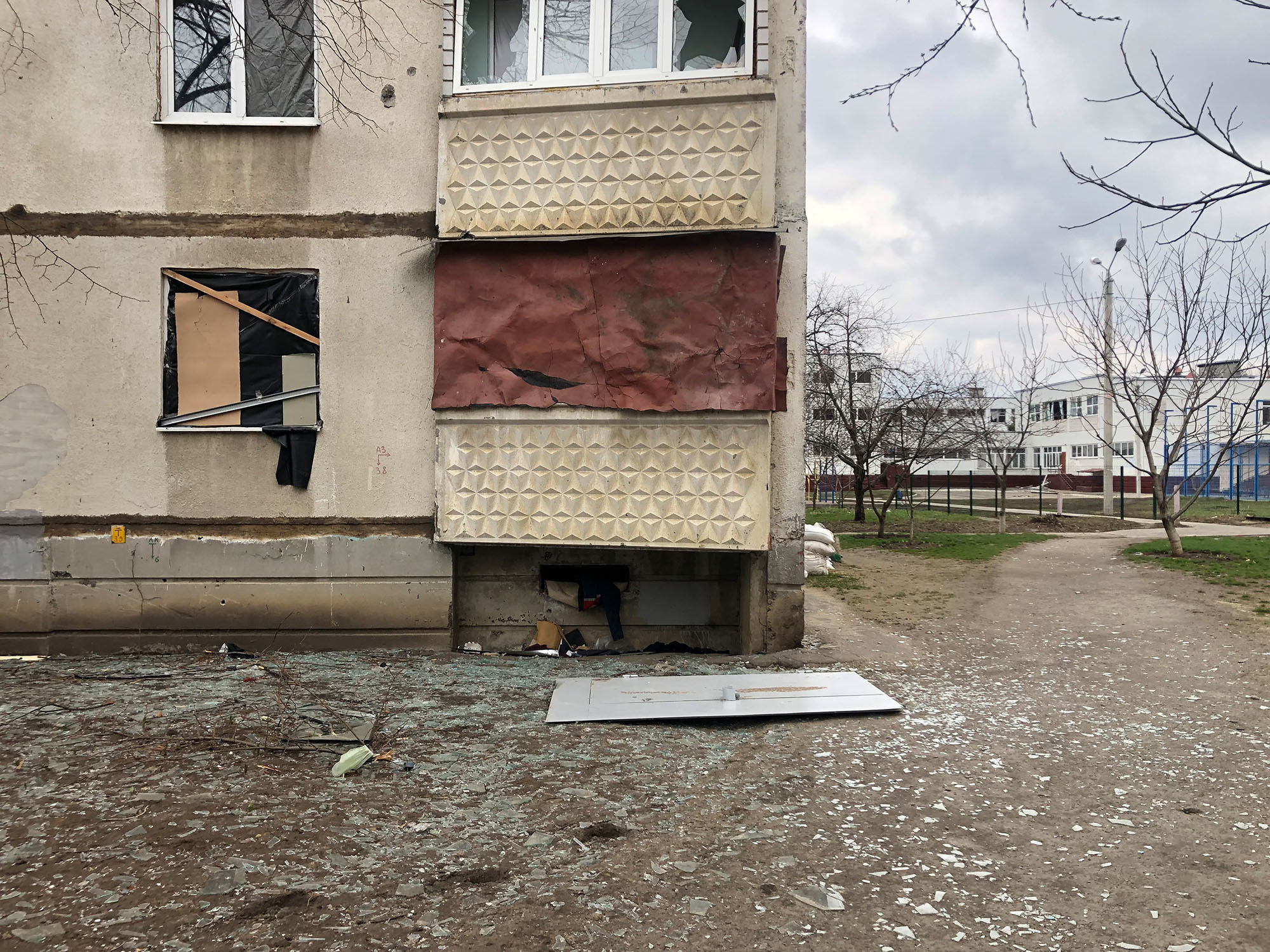
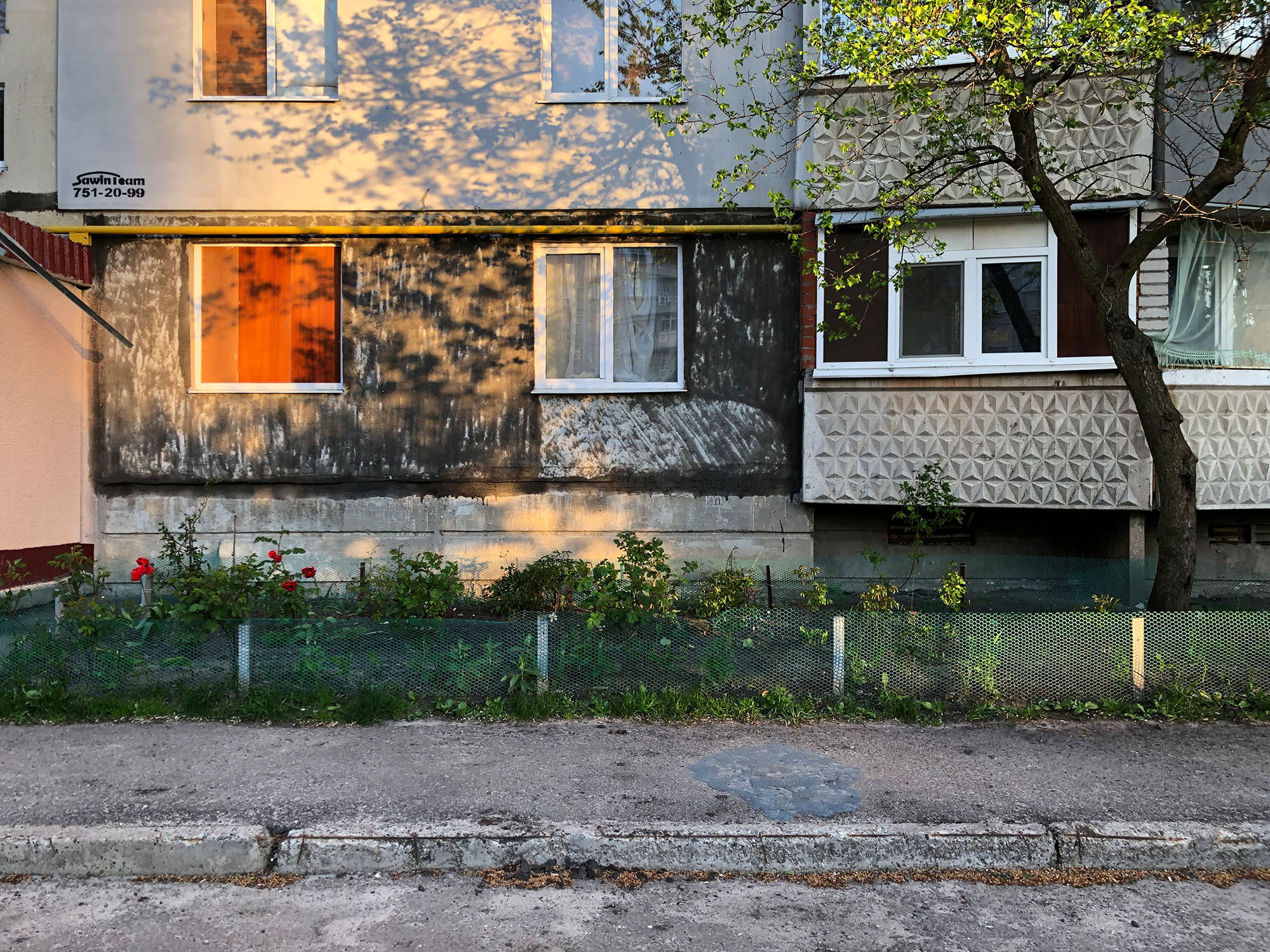
Bomb-proofing like this has severe cultural consequences for society — in their attempt to protect themselves, people isolate themselves. Windows — the houses’ eyes — are fully covered. While transparent glass leaves room for communication, the boarded-up windows take away neighbourly trust. Besides, this proofing is just an illusion. It is more akin to a magic sigil, like the solar symbols our ancestors put on window trims to shoo away evil spirits.
This proofing is just an illusion. It is more akin to a magic sigil, like the solar symbols our ancestors put on window trims to shoo away evil spirits.
Instead of holing up in your flat, I suggest cultivating neighbourly solidarity in your block of flats and in your neighbourhood. Share food, information, and building materials and otherwise help one another — it makes living together easier. Also, it helps people survive the war together.
Science has long proven that kindness and hospitality have fairly rational roots. The households that had the solidarity of such kind outfitted bomb shelters in advance, and neighbours readily helped one another. I feel that we will need to hold social events in Ukraine after the war to prevent disunity. Perhaps, it could be a Neighbour Day of some kind that would be celebrated in every block of flats or community clean-ups.
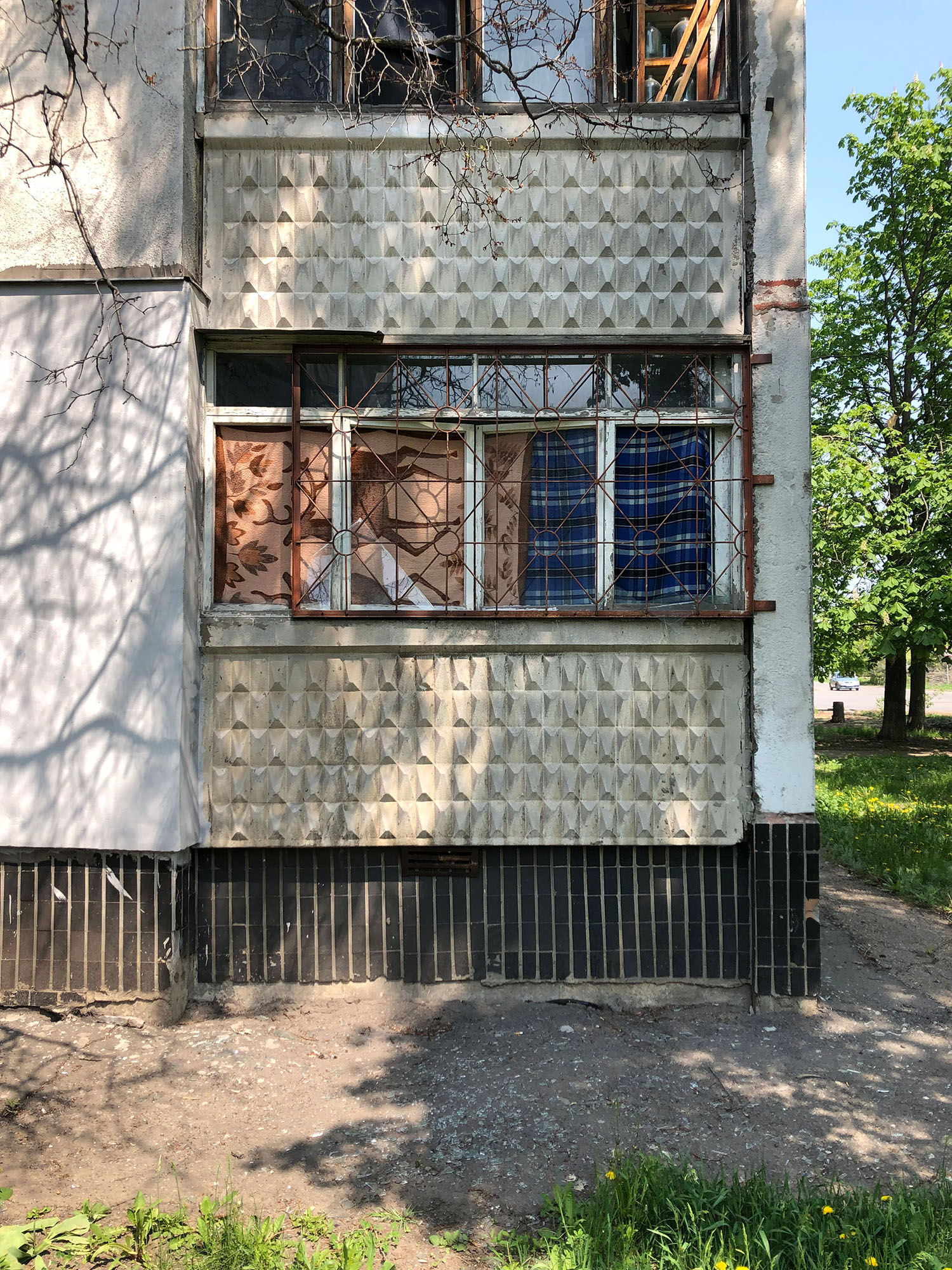
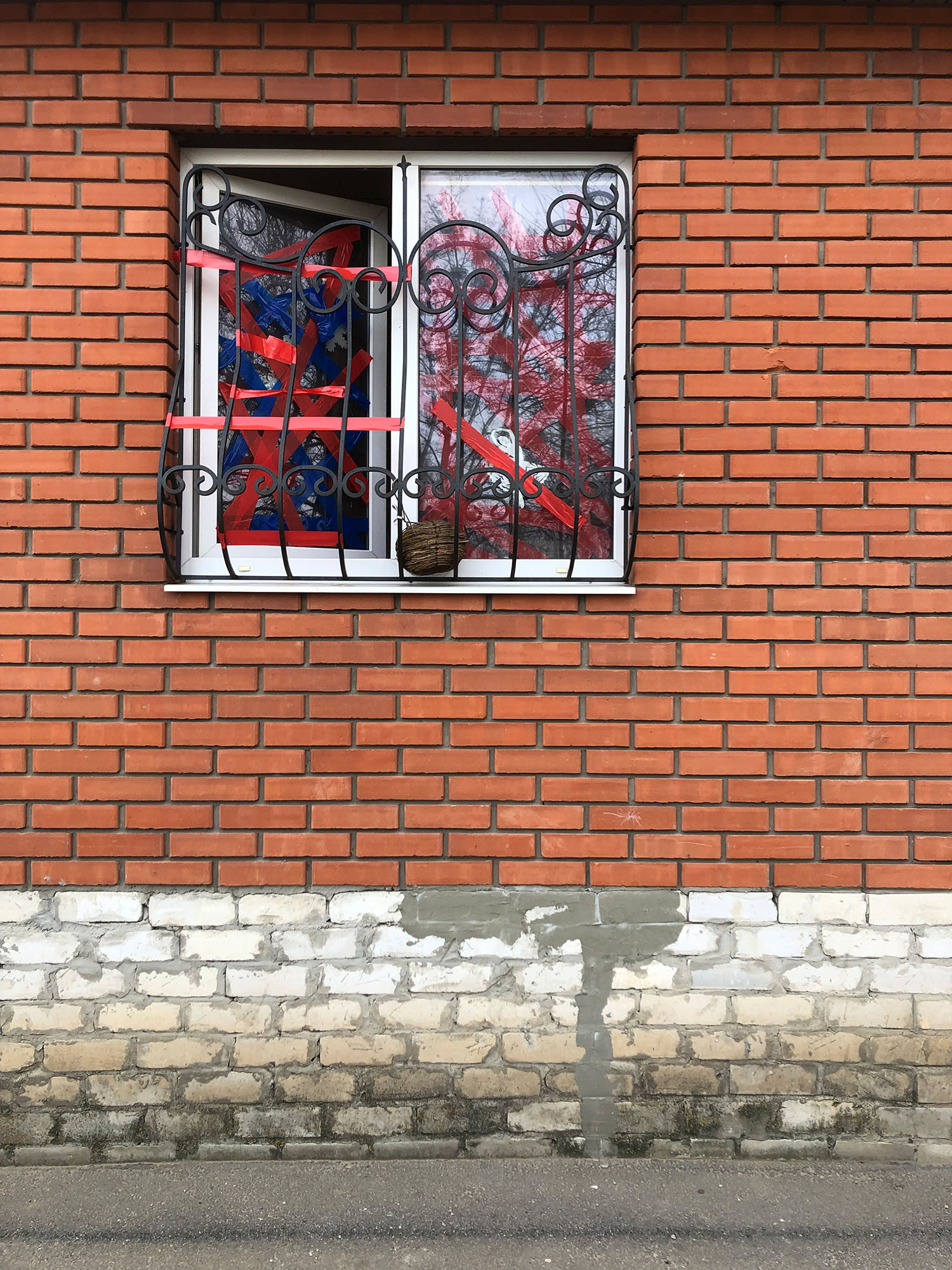
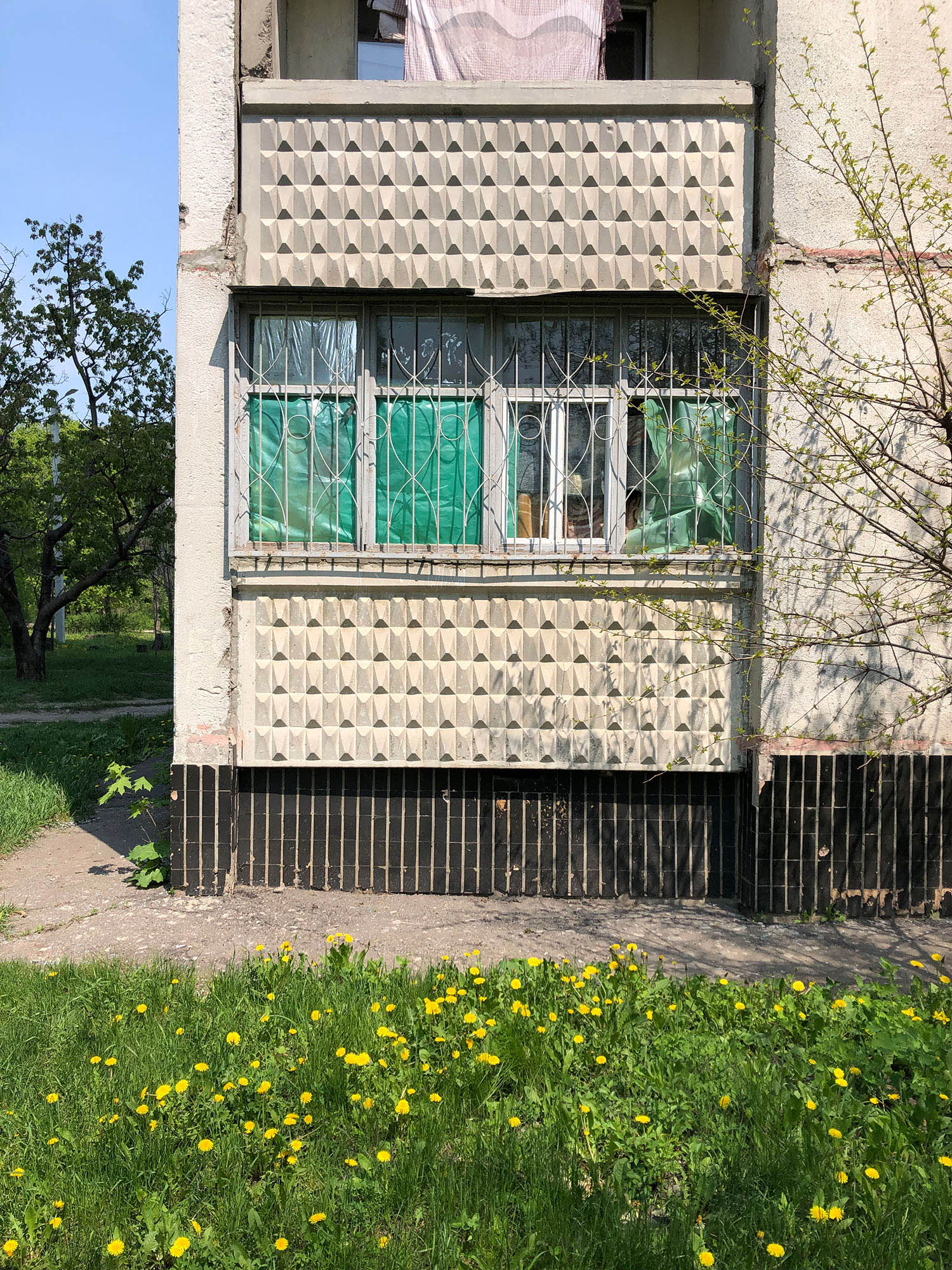
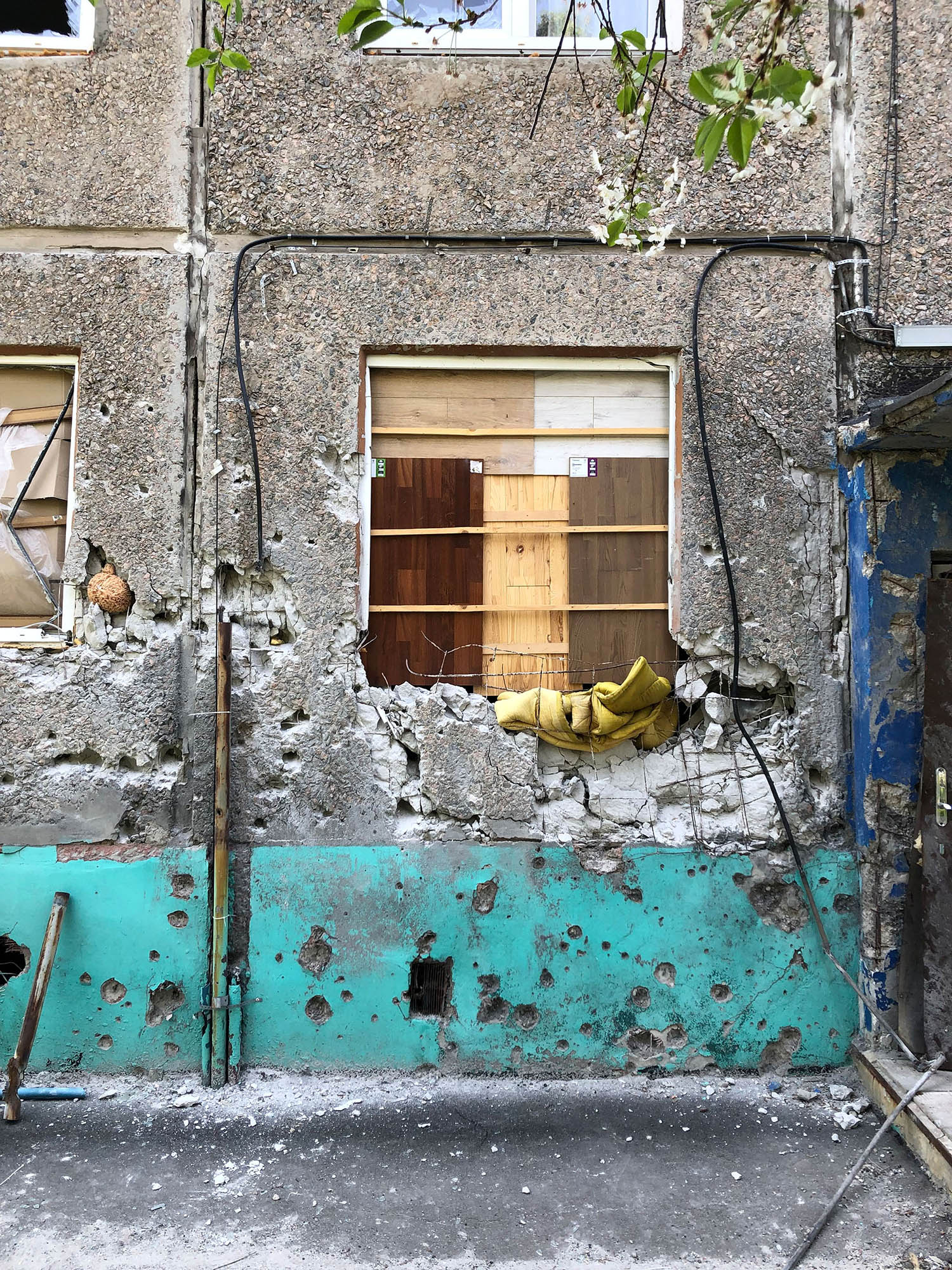

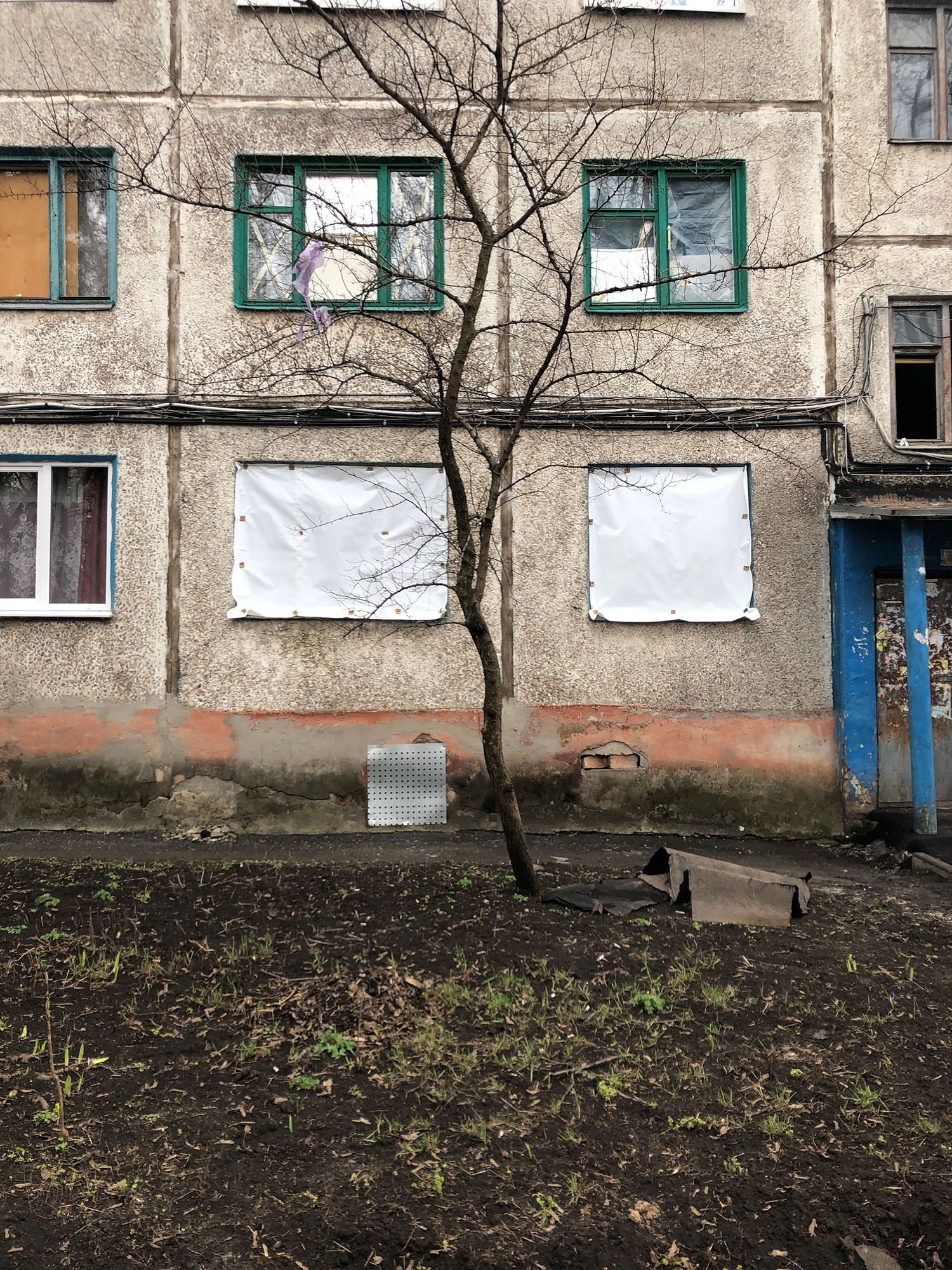
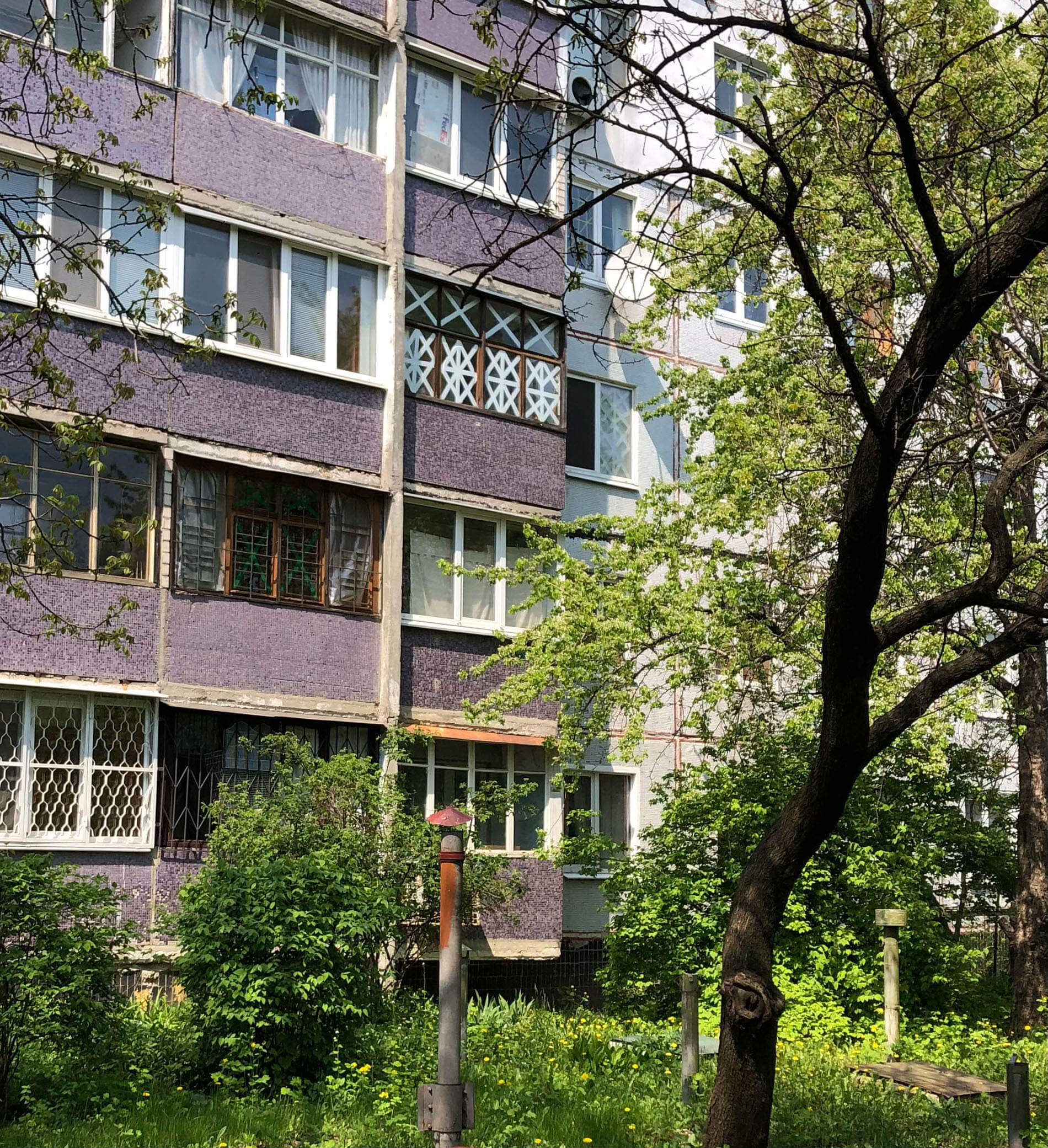
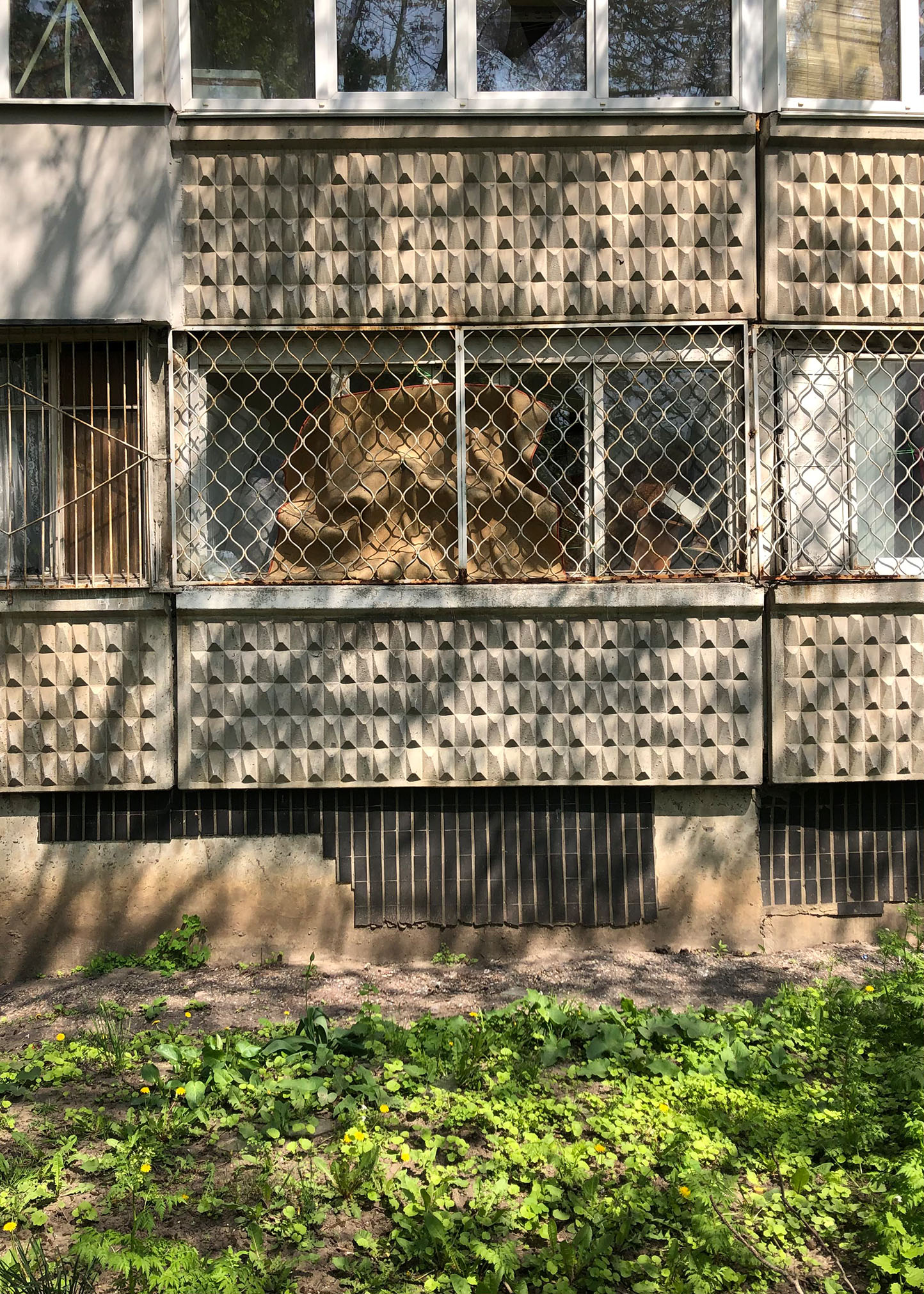
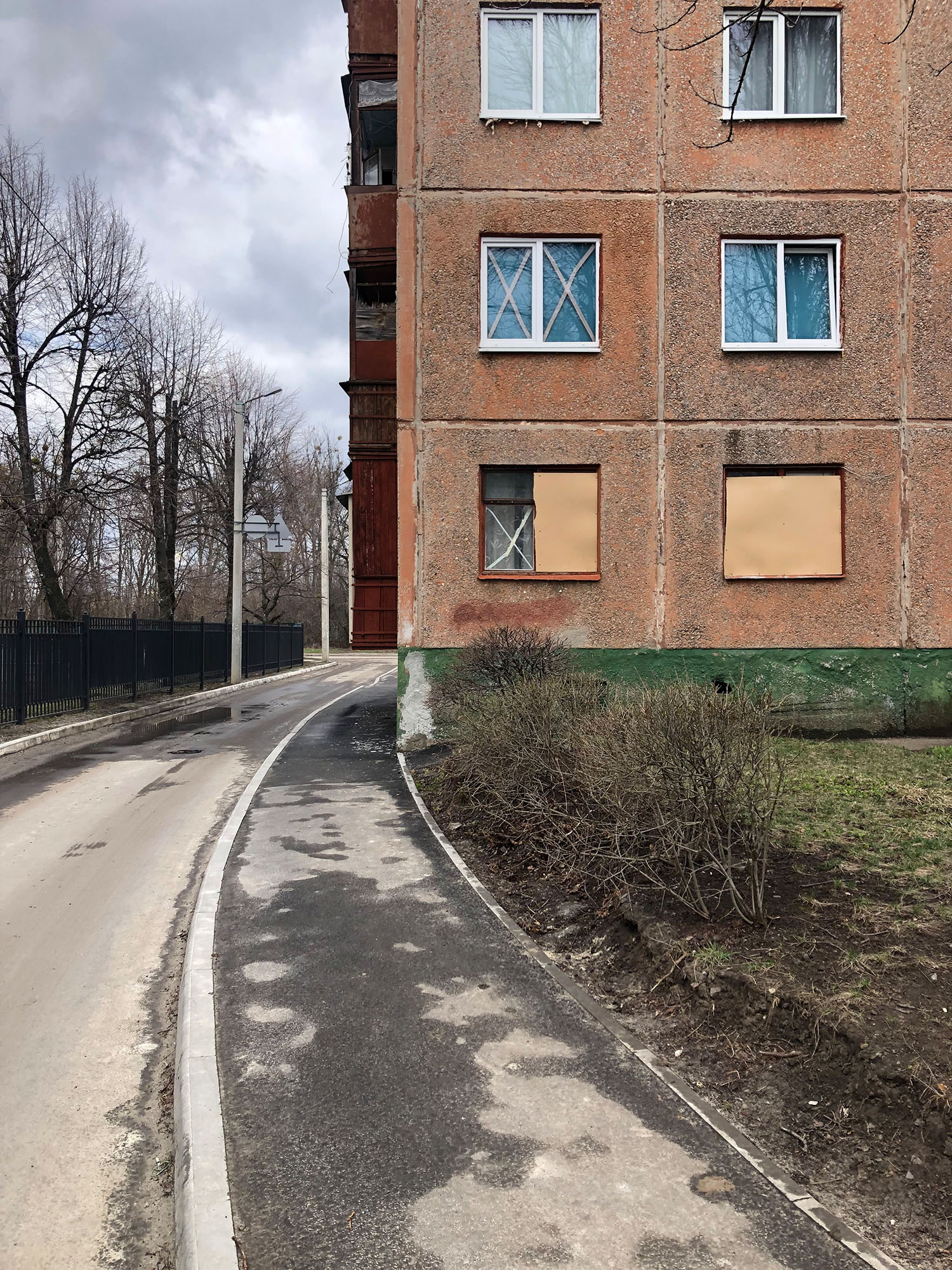
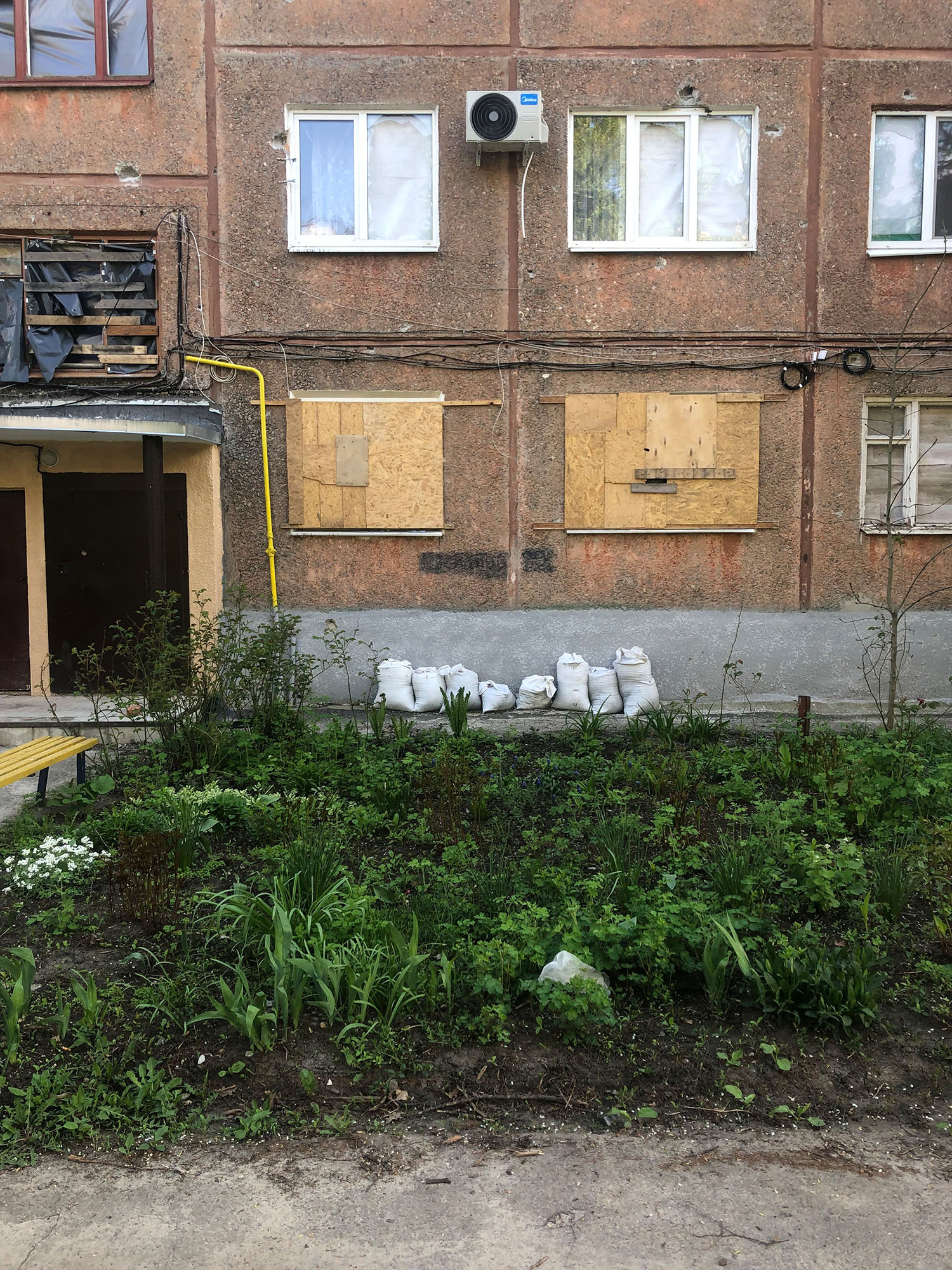
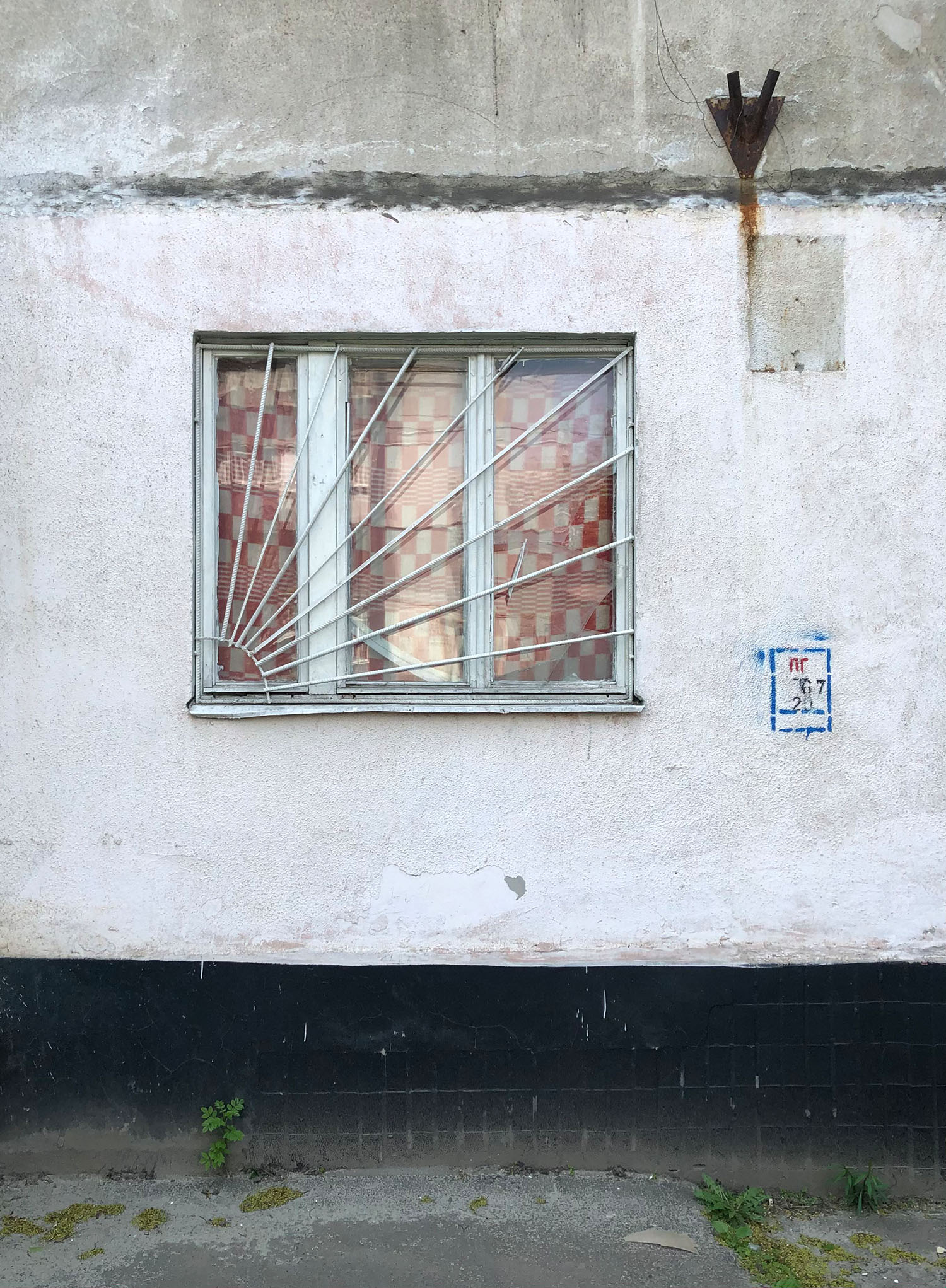
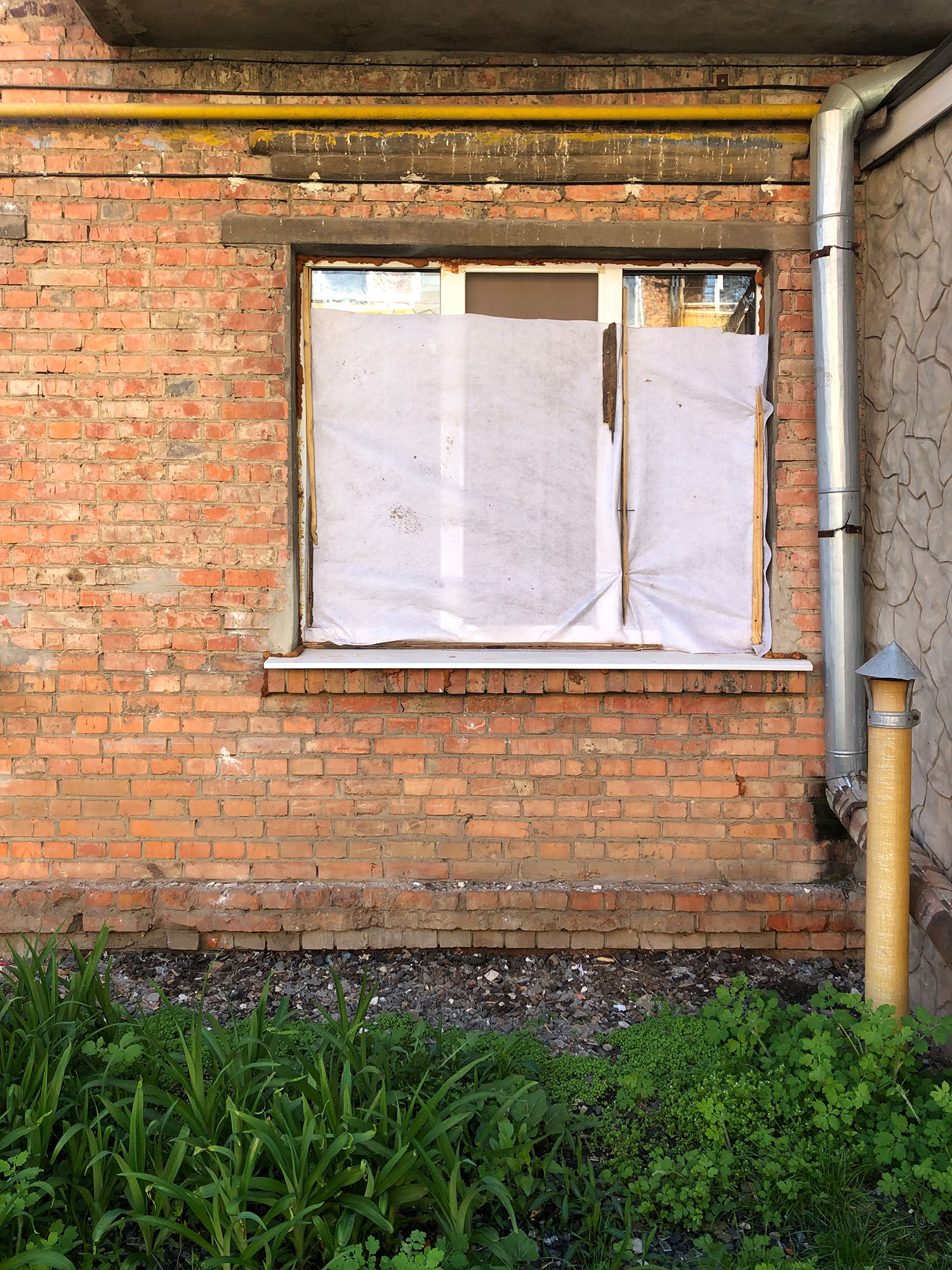
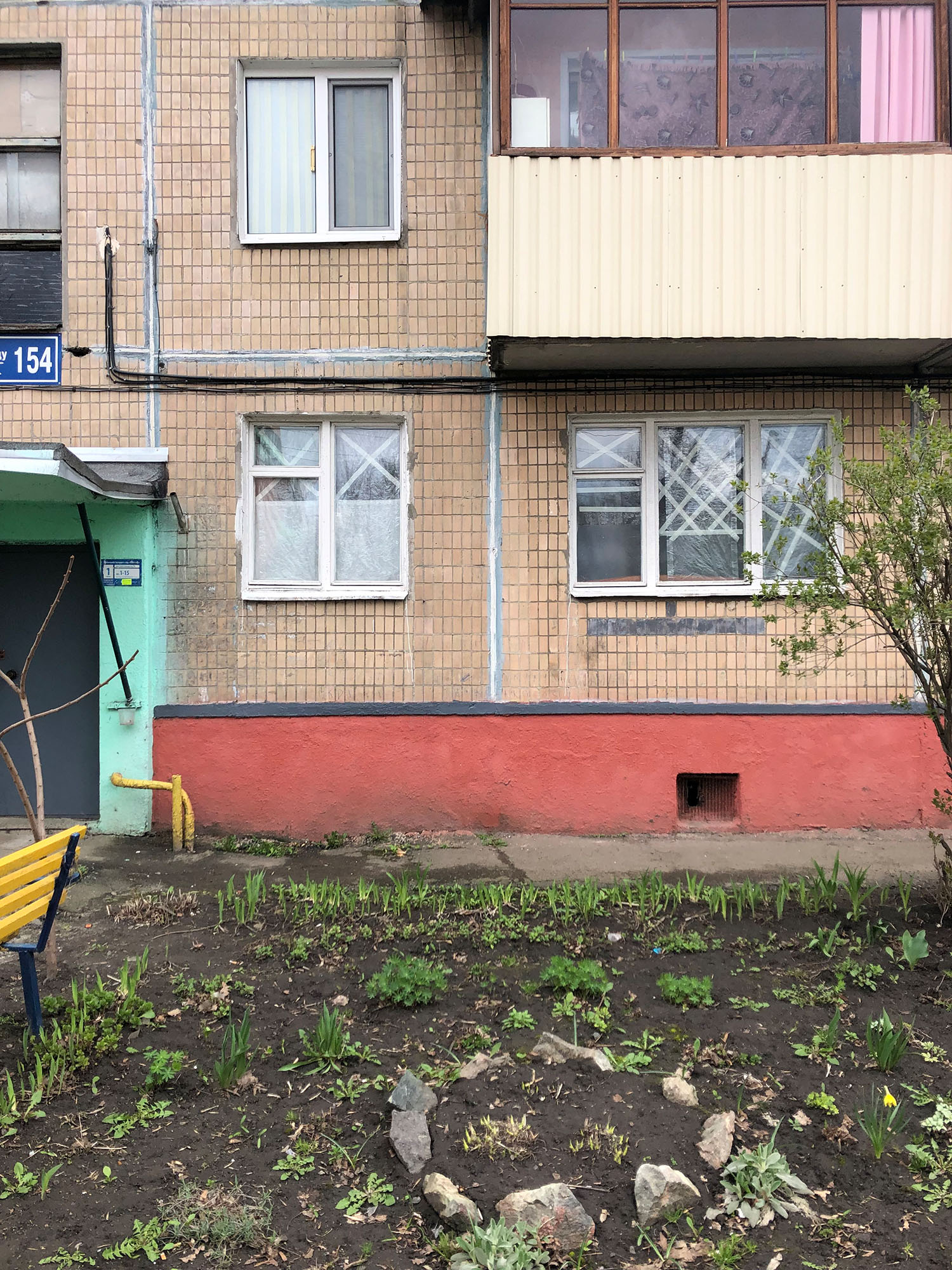
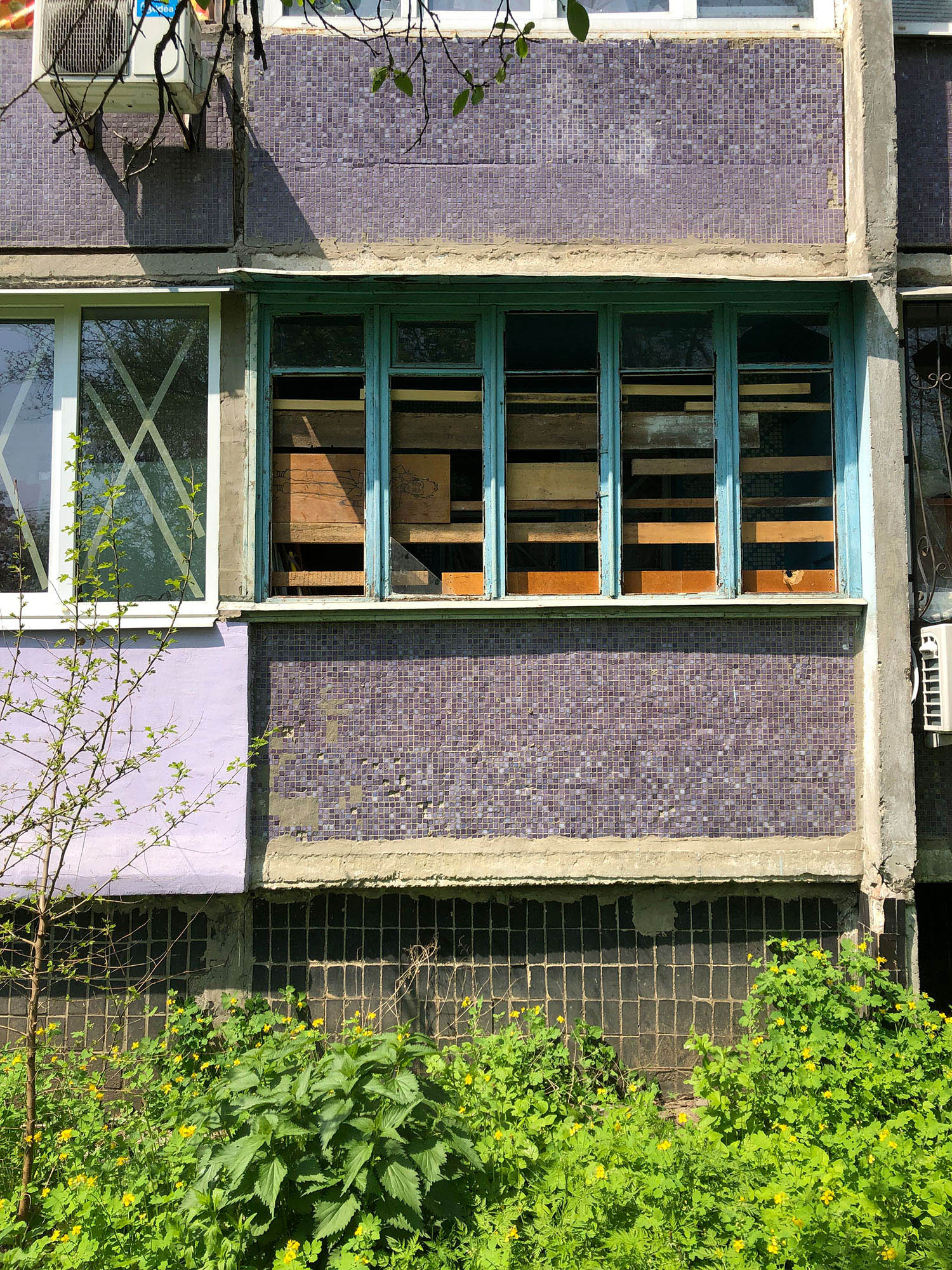
New and best




